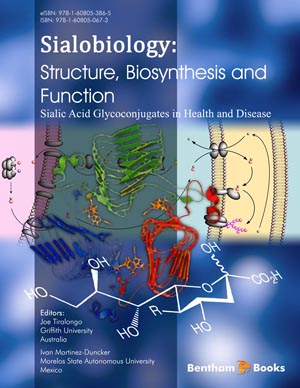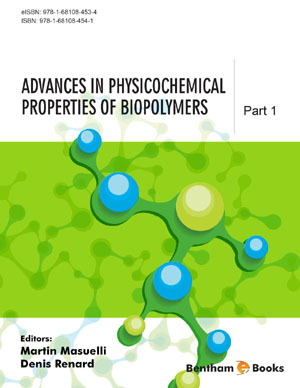Abstract
Gangliosides are a diverse group of sialic acid containing complex glycosphingolipids consisting of a carbohydrate chain with varying length and complexity and a lypophilic ceramide residue. The diversity arises from both the oligosaccharide and ceramide moiety. Echinoderms are the only phylum of invertebrates for which gangliosides have been reported with significant differences of ganglioside composition and structure between the individual classes (Echinoidea, Holothuroidea, Asteroidea, Ophiuroidea and Crinoidea). Both NeuAc and NeuGc are found in approximately equal distribution. The major substitutions are O-methylation and O-sulfation in position 8 and 4. Gangliosides from vertebrates are classified in four series (hematoside-series, ganglio-series, lacto-series, and globo-series) based on the structure of the carbohydrate core. Major sialic acids are NeuAc and NeuGc generally linked in α2,3 and α2,6 position of the penultimate carbohydrate residue. Acetylation of the sialic acid is the most common substitution. Gangliosides play an important role in a variety of biological processes. They are involved in the development and maintenance of the brain. The composition and expression of gangliosides changes during brain development reflecting the changing requirements at different stages. Different pathways have been suggested for the involvement of gangliosides including the physicochemical properties of the membranes, storage of calcium ions, interactions with growth factors, dendritogenesis, neuritogenesis and neural differentiation. During neurodegenerative diseases including Alzheimer, Parkinson and Huntington, the ganglioside composition changes. This leads to the disruption of vital cell function including signaling processes and ion channel formation and can ultimately lead to cell apoptosis. The ganglioside composition also changes during cancers such as melanoma, breast cancer, small cell lung cancer, cancers of the digestive tract and brain cancer. These changes have implications for the metastasis of the cancer, the suppression of the immune response, promotion of growth factors and kinases associated with these and angiogenesis. The changes have major effects on the progression and survival of the tumour. However, there are also indications that selected gangliosides can be useful for the therapy of these diseases. Some clinical trials have been carried out in the case of neurodegenerative diseases, cases of spinal injuries and cancer therapy. However, the results are as yet inconclusive. The nutritional value of gangliosides especially in infant nutrition has been widely discussed. In comparison to other lipids, proteins and carbohydrates, gangliosides are only a minor component in milk and colostrum. However, they could act as an additional source for sialic acid, ceramide and fatty acids. In addition, the intact ganglioside molecules have an effect on the immune system, the gut health and the development of the brain. The bioavailability and the fate of these glycosphingolipids in the digestive tract have been investigated. The results indicate that orally administered gangliosides are taken up by the organism in concentrations that are considered as biologically effective.
Keywords: Gangliosides, sialic acids, glycosphingolipid, gangliosides in diseases, neurodegenerative diseases, lysosomal storage diseases, gangliosides in cancer, gangliosides in therapy and nutrition, milk gangliosides.

















